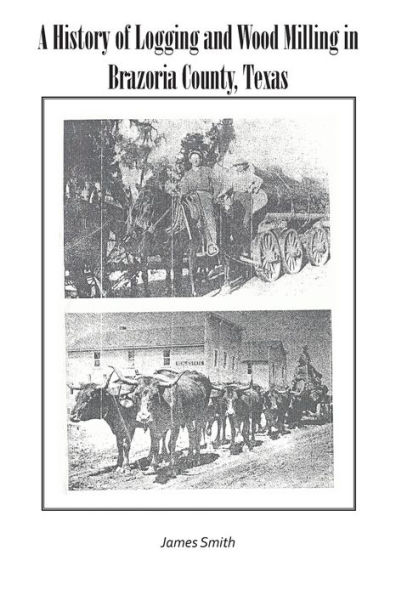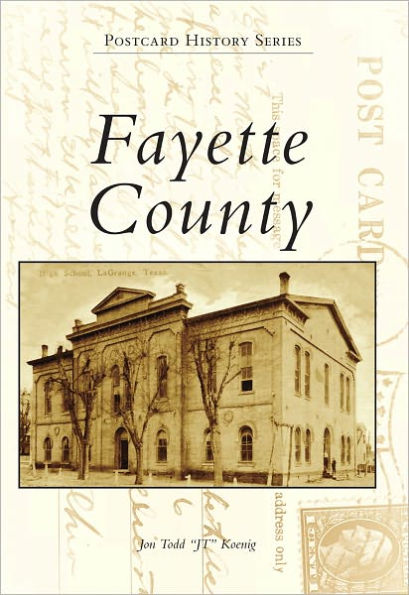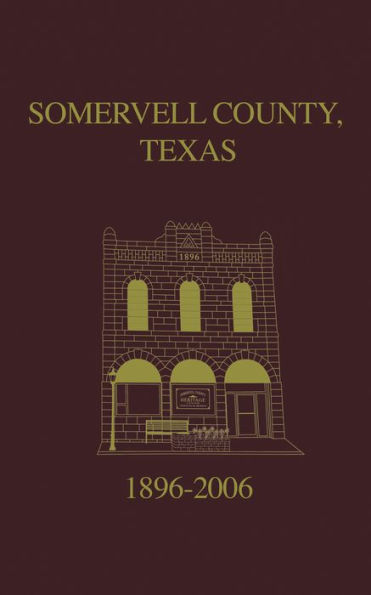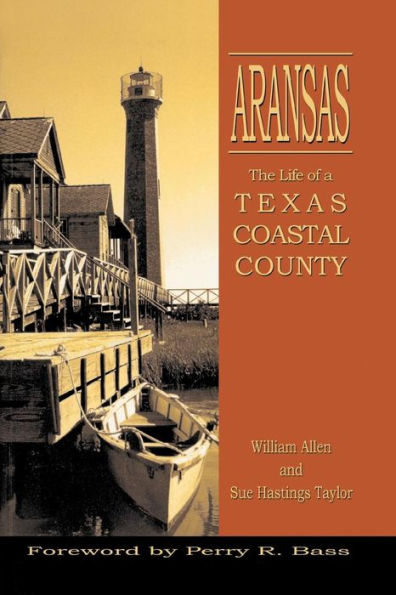Home
A History of Logging and Wood Milling Brazoria County, Texas
Barnes and Noble
A History of Logging and Wood Milling Brazoria County, Texas
Current price: $10.99


Barnes and Noble
A History of Logging and Wood Milling Brazoria County, Texas
Current price: $10.99
Size: Paperback
Loading Inventory...
*Product information may vary - to confirm product availability, pricing, shipping and return information please contact Barnes and Noble
Many people in Brazoria County, Texas, are unaware that a lumbering industry exists or has ever existed in the county. Books and other publications have written about the county's other industries and enterprises such as chemicals, sulfur, oil, rice, cattle, and shrimping.
A History of Logging and Wood Milling in Brazoria County, Texas, by author James Smith, offers a comprehensive and historical look at wood harvesting and processing in Brazoria County. It begins in 2500 BCE and addresses the industry through 2015. With photographs and illustrations included, Smith, who worked as a surveyor, shares details of what has happened in the forests that cover one-fourth to one-third of the surface in Brazoria County.
Offering a look at the last 200 years of the industry, Smith presents a good review of the literature relating to the local trees and commercial enterprises related to their harvesting and briefly examines the future viability of logging and wood milling.
A History of Logging and Wood Milling in Brazoria County, Texas, by author James Smith, offers a comprehensive and historical look at wood harvesting and processing in Brazoria County. It begins in 2500 BCE and addresses the industry through 2015. With photographs and illustrations included, Smith, who worked as a surveyor, shares details of what has happened in the forests that cover one-fourth to one-third of the surface in Brazoria County.
Offering a look at the last 200 years of the industry, Smith presents a good review of the literature relating to the local trees and commercial enterprises related to their harvesting and briefly examines the future viability of logging and wood milling.

















